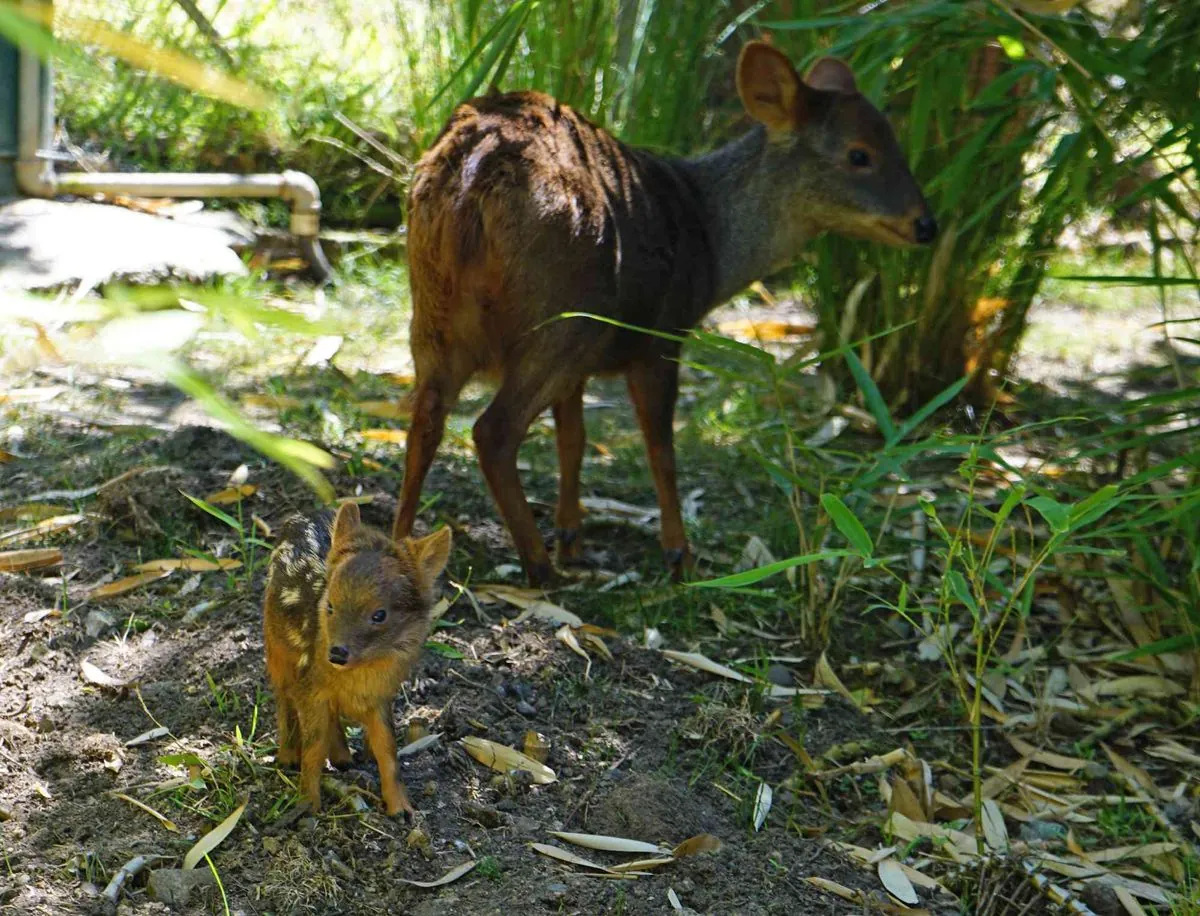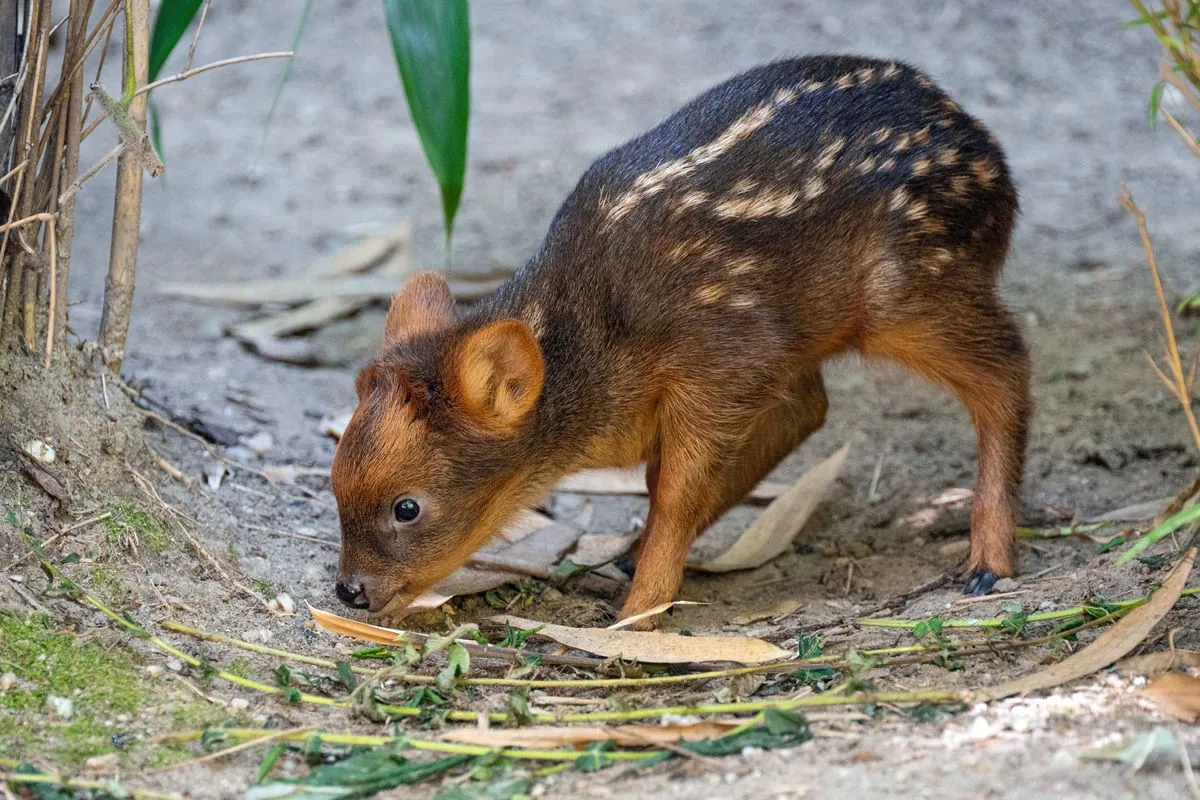Tiny South American Deer Makes Big Debut at Queens Zoo
A southern pudu fawn, one of the world's smallest deer species, has been born at Queens Zoo in New York City. The newborn, weighing just 2 pounds, is part of a conservation effort for this near-threatened species.

The Queens Zoo in New York City has welcomed a new resident - a southern pudu fawn, born on June 21, 2024. This diminutive deer species, native to Chile and Argentina, is making waves due to its remarkably small size.
At birth, the fawn weighed a mere 2 pounds (approximately 1 kilogram). As it matures, it is expected to reach a weight of only 15 to 20 pounds (7 to 9 kilograms), comparable to that of a watermelon. The southern pudu is recognized as one of the world's smallest deer species, second only to its northern counterpart.

The Wildlife Conservation Society, which oversees New York City's zoos, has been actively involved in breeding southern pudus since 2005. This latest addition marks the eighth pudu fawn born at the Queens Zoo during this period. The breeding program is part of a collaborative effort among zoos to maintain genetically diverse populations of this near-threatened species.
Southern pudus face numerous challenges in their natural habitat. The International Union for Conservation of Nature (IUCN) has listed them as near threatened due to declining populations. Factors contributing to this decline include habitat loss, development, and the introduction of invasive species.
Despite their small stature, southern pudus possess remarkable abilities. They are excellent jumpers and climbers, capable of scaling fallen trees. These primarily nocturnal and crepuscular animals are known for their solitary nature and are rarely seen in groups. When threatened, they emit a distinctive bark-like alarm call.
The diet of southern pudus consists mainly of leaves, twigs, bark, buds, and fruits. Interestingly, they have been observed standing on their hind legs to reach foliage, showcasing their adaptability. These deer are also proficient swimmers, able to cross rivers when necessary.
The newborn fawn at Queens Zoo will share its habitat with its parents. Visitors can expect to see the young pudu's white spots, a characteristic feature that fades as the animal matures. The zoo's efforts in breeding pudus contribute significantly to conservation, as these deer have been successfully bred in captivity since the 1970s.
While the Queens Zoo celebrates this new arrival, two additional pudus can be found at the Prospect Park Zoo in Brooklyn, further emphasizing the commitment of New York City's zoos to the conservation of this unique species.
As visitors marvel at the tiny size of the southern pudu, it's important to remember the larger picture of wildlife conservation. The presence of these small deer in zoos not only provides an opportunity for public education but also plays a crucial role in ensuring the survival of this vulnerable species for future generations.


































